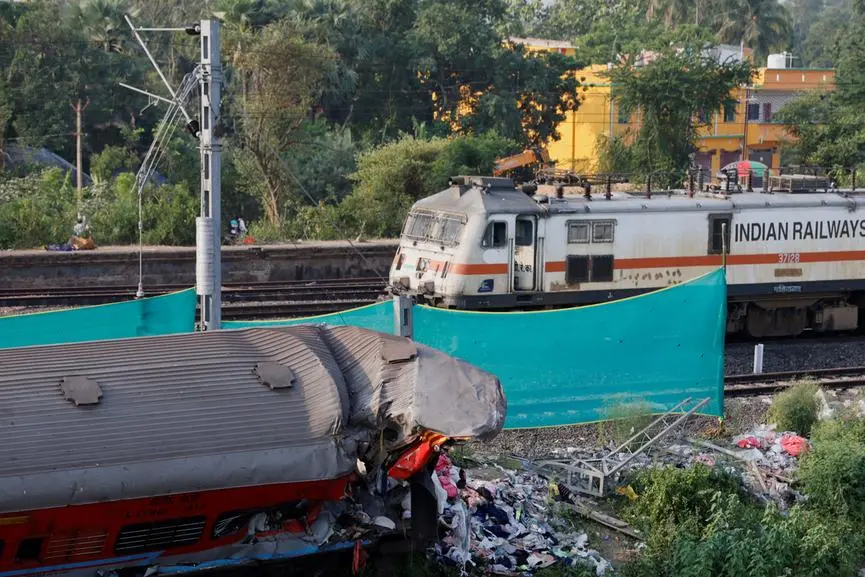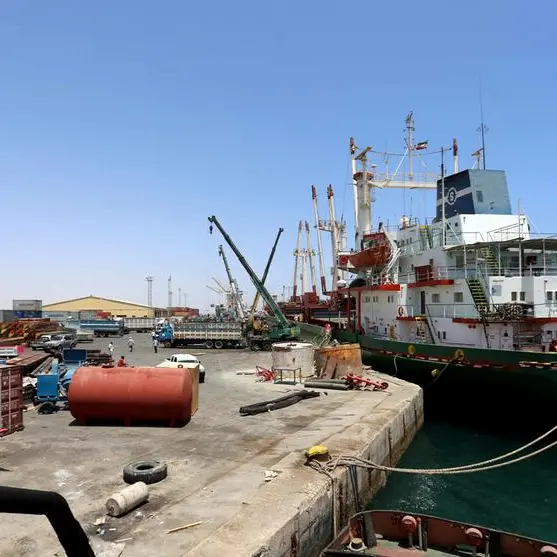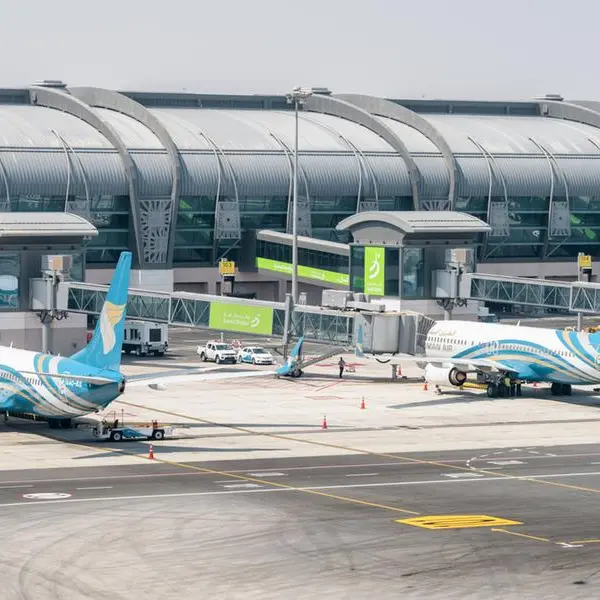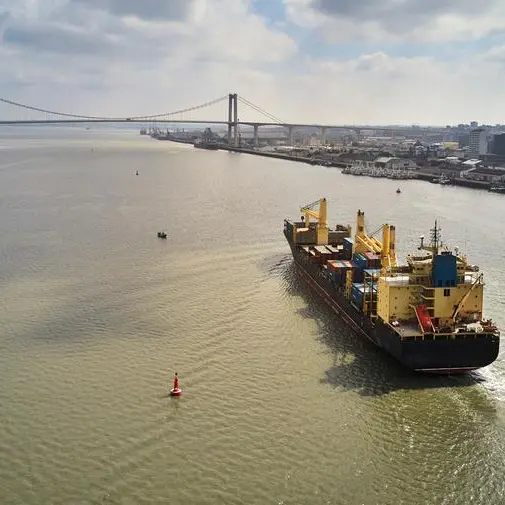PHOTO
BAHANAGA, India: Resuming services just over two days after India's deadliest rail crash in more than two decades, trains crossed the disaster spot in eastern Odisha state where at least 275 people died and 1,200 were injured in collision between three trains.
Signal failure has emerged as a likely cause of the disaster on Friday, when a passenger train hit a stationary freight train, jumped the tracks and hit another passenger train passing in the opposite direction near the district of Balasore.
After the completion of two days of rescue and repair work, the railway ministry said on Twitter that trains had begun operating on the same route by Sunday evening. And an Indian Railways officer told Reuters on Monday that they were running almost normally, though with some restrictions.
"Trains are required to control their speed and proceed slowly for a certain distance," the officer said.
India's Railway Board, the top executive body, has recommended that the Central Bureau of Investigation take over the probe into the cause of the disaster.
"We have to move towards normalization... Our responsibility is not over yet," railway minister Ashwini Vaishnaw told reporters.
Preliminary investigations indicated the Coromandel Express, heading to Chennai from Kolkata, moved out of the main track and entered a loop track – a side track used to park trains – at 128 kph (80 mph), crashing into the freight train parked on the loop track.
That crash caused the engine and first four or five coaches of the Coromandel Express to jump the tracks, topple and hit the last two coaches of the Yeshwantpur-Howrah train heading in the opposite direction at 126 kph on the second main track. (Reporting by Jatindra Dash and Tanvi Mehta in New Delhi; Editing by Simon Cameron-Moore)





















